

Magnolia Betty Plant: A Comprehensive Guide to Growing and Caring for This Stunning Flora
Introduction
Have you ever seen a plant that simply steals the show? The Magnolia Betty is one such beauty. This stunning shrub has become a favorite among gardeners for its eye-catching flowers and graceful growth. Its unique reddish-purple blooms, with delicate white interiors, make it a standout in any garden.
Gardeners and plant enthusiasts alike are drawn to the Magnolia Betty for its charm and elegance. Understanding how to care for this plant is crucial to enjoying its beauty year after year. Let’s dive into everything you need to know about growing and maintaining this magnificent flora.
Summary and Overview
The Magnolia Betty, scientifically known as *Magnolia ‘Betty’*, is a hybrid plant that belongs to the Magnoliaceae family. It is a cross between *M. liliiflora* ‘Nigra’ and *M. stellata* ‘Rosea’. This lovely shrub reaches heights of 10 to 15 feet and has a similar spread, making it perfect for various garden designs. To ensure its growth, consider using organic fertilizer 10-10-10 to give it the nutrients it craves!
The aesthetic appeal of the Magnolia Betty lies in its spectacular flowers. The blooms appear in mid-April to early May, showcasing a striking reddish-purple color that brightens any landscape. This plant thrives in well-drained soil and prefers full sun to partial shade, making it adaptable to different garden settings. For more insights on designing your garden, check out Creating a pollinator-friendly garden design.
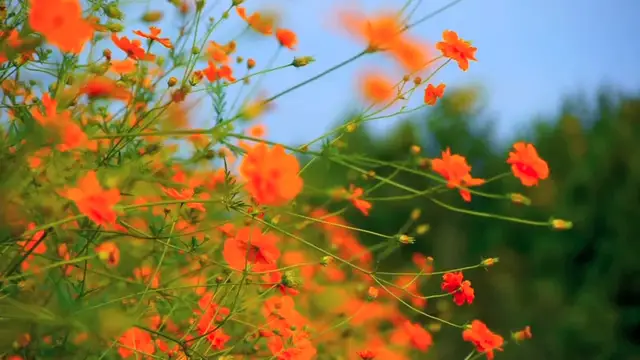
Incorporating plants like Magnolia Betty can enhance your garden’s appeal and support local pollinators. Creating a pollinator-friendly garden design provides valuable tips for achieving this.
Ideal for USDA hardiness zones 4 to 8, the Magnolia Betty fits beautifully in both formal and informal gardens. In this article, we will cover its characteristics, growing conditions, planting tips, and care requirements. You’ll be fully equipped to bring this stunning plant into your garden!
Characteristics of the Magnolia Betty Plant
Description and Appearance
The Magnolia Betty stands out with its rounded, shrubby habit. On average, it grows between 10 to 15 feet tall and wide. Its leaves are large and simple, providing a lush backdrop for its flowers. The blooms are large and showy, measuring around 6 to 8 inches across.
In spring, the plant bursts into life with its stunning flowers. The reddish-purple petals open to reveal a creamy white interior. This contrast creates a striking visual effect that captures attention. Blooming typically occurs from mid-April to early May, making it a delightful addition to spring gardens.
Magnolia Betty plants typically grow at a moderate rate, reaching maturity within several years. They may flower annually, offering a beautiful display each spring. With proper care, you can enjoy the Magnolia Betty’s beauty for many years to come!

Botanical Classification
The Magnolia Betty belongs to the Magnoliaceae family. This lovely plant is a hybrid, created from two parent species: *Magnolia liliiflora* ‘Nigra’ and *Magnolia stellata* ‘Rosea’. The hybridization process took place in the mid-1950s. It was developed by horticulturists Francis DeVos and William Kosar at the National Arboretum.
Magnolia Betty is classified under the genus *Magnolia*, which includes around 100 species of both deciduous and evergreen trees and shrubs. Related species within this family include *Magnolia grandiflora* and *Magnolia x soulangiana*. All these plants are known for their large, showy flowers and beautiful foliage, making them popular choices for gardens. Speaking of gardens, don’t forget to protect your hands with a pair of gardening gloves while you work!
Growing Conditions for Magnolia Betty
Ideal Soil Requirements
For optimal growth, Magnolia Betty prefers well-drained, slightly acidic soil. A pH range of 5.5 to 6.5 is ideal. If your soil is heavy clay or too alkaline, consider amending it. Mixing in organic matter like compost can enhance drainage and nutrient content. A great compost bin can help you create that organic matter; check out this compost bin to get started!
Before planting, prepare the area by removing weeds and debris. Dig a hole twice the width of the root ball and just as deep. This allows the roots to spread out easily. Adding mulch around the base can help retain moisture and regulate soil temperature.

Light and Water Needs
Magnolia Betty thrives in full sun to part shade. Ideally, it should receive about 6 hours of sunlight daily. However, too much direct sunlight can stress the plant, especially in hotter climates. A watering can can be your best friend to keep this plant hydrated!
Watering is crucial for this shrub. Ensure consistent moisture, especially during dry spells. Be careful not to overwater, as this can lead to root rot. A good rule is to check the top inch of soil; if it’s dry, it’s time to water. Maintaining a balance in moisture levels will ensure healthy growth. For tips on managing water needs, refer to how to manage water needs for vegetable container gardens.
Proper watering techniques are essential for the health of your Magnolia Betty. Learn more about effective strategies in how to manage water needs for vegetable container gardens.
Climate Tolerance
This beautiful shrub is hardy in USDA Zones 4 to 8. It can tolerate a range of temperatures but prefers a mild climate. Sudden temperature changes, especially late frosts, can affect its flowering.
Wind exposure can also pose a threat. Planting in a sheltered area can help protect it from harsh winds, which may damage its delicate flowers. In summary, providing the right conditions will help your Magnolia Betty flourish beautifully in your garden.
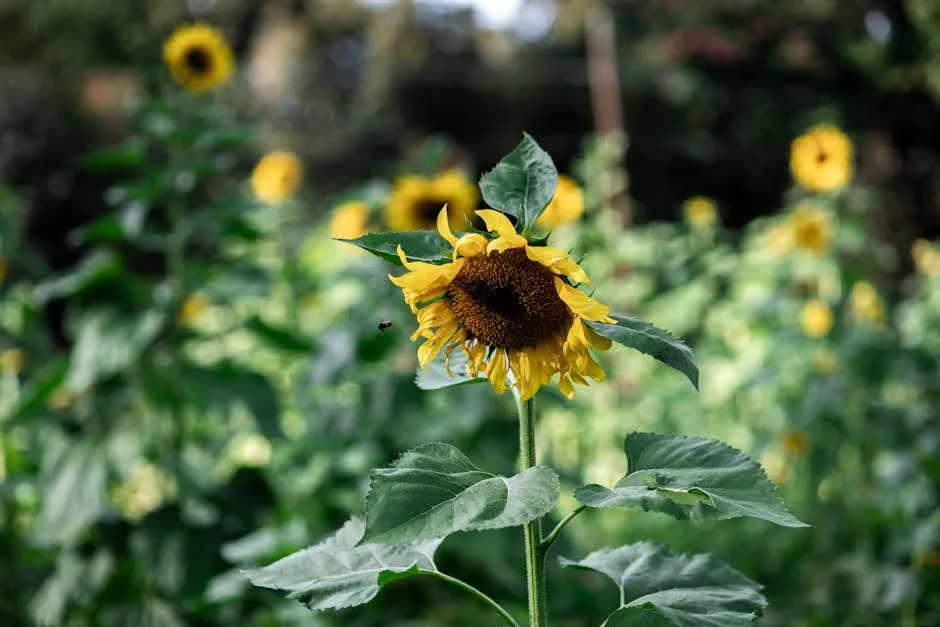
Planting Magnolia Betty
Choosing the Right Location
Selecting the right spot for your Magnolia Betty is essential. This plant loves sunlight, so aim for an area that enjoys full sun to part shade. Ideally, the plant should receive around six hours of direct sunlight daily. Ensure there’s enough space for the shrub to grow, as it can reach 10 to 15 feet in height and width.
Also, consider protecting it from harsh winds and extreme temperatures. A location sheltered from strong gusts will help maintain healthy blooms. Avoid planting it in areas that are prone to late frosts, which can damage delicate buds. By choosing the right location, you set your Magnolia Betty up for a thriving life in your garden.
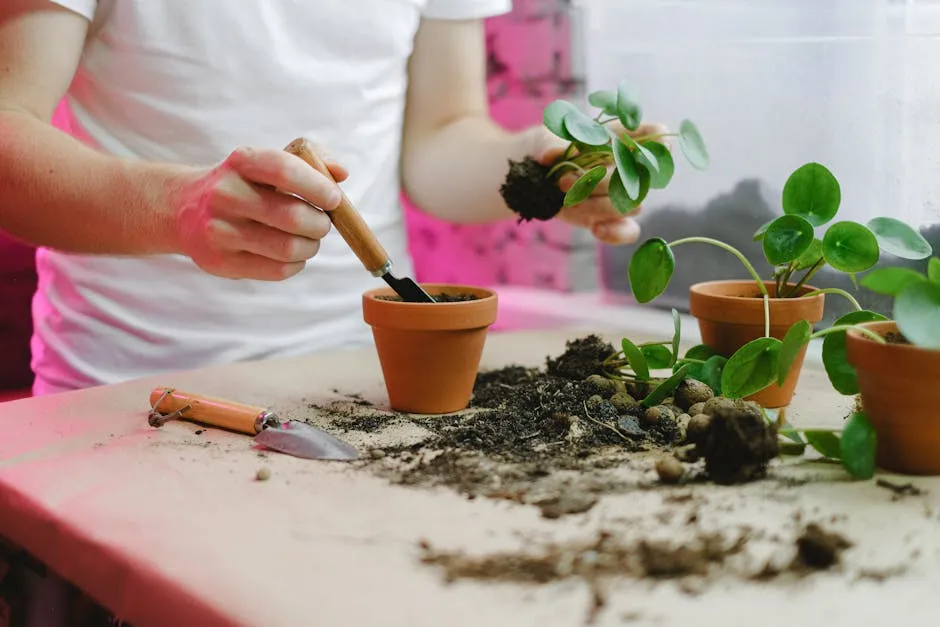
Planting Process
Now that you’ve chosen the perfect spot, let’s get planting. Start by digging a hole that’s twice the width of the root ball and just as deep. This allows ample space for the roots to spread out. The ideal depth is around 18 to 24 inches.
Place the root ball in the hole, ensuring it’s level with the surrounding soil. Gently backfill with soil, being careful not to damage the roots. Once planted, apply a layer of mulch around the base, about 2 to 3 inches thick. This helps retain moisture and regulates temperature. You can use garden mulch to keep your soil in tip-top shape!
Remember, the root system of Magnolia Betty is delicate. Handle it with care during transplanting to avoid any damage. Following these steps will provide a solid foundation for your plant to flourish.
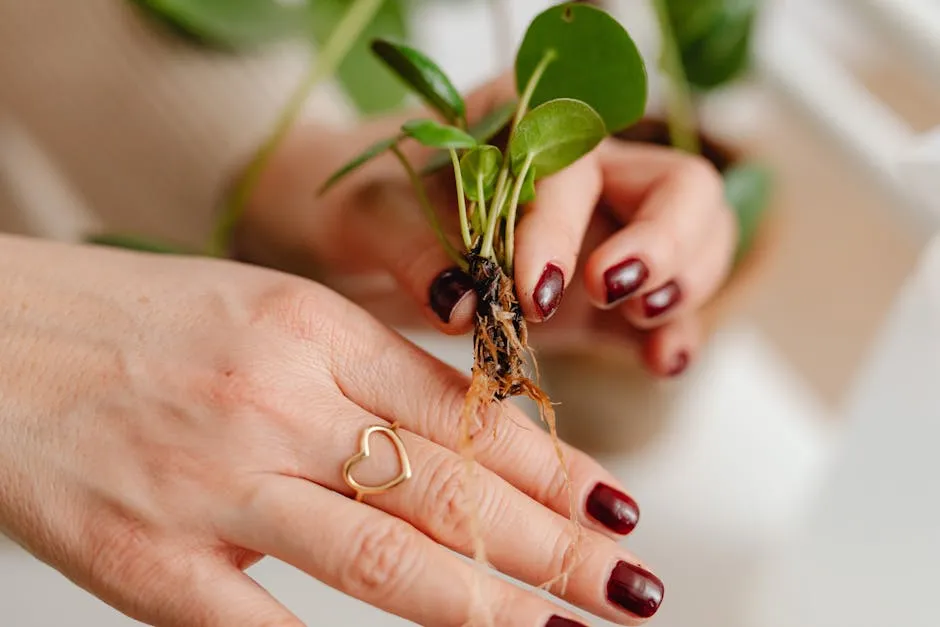
Timing for Planting
Timing is crucial when planting Magnolia Betty. The best time to plant is in early spring or fall. Spring planting allows the roots to establish before the heat of summer. In fall, the cooler temperatures help reduce transplant shock.
If you’re looking for spring planting tips, aim for a time after the last frost. This will ensure your plant has the best chance for successful establishment. By planting at the right time, you can enjoy all the beauty Magnolia Betty has to offer in your garden!
Fertilization and Mulching
To keep your Magnolia Betty healthy, a proper fertilization schedule is essential. In early spring, apply a balanced fertilizer, like a 10-10-10 formula. This will provide the necessary nutrients for vibrant blooms. Repeat this every six to eight weeks during the growing season. If you’re growing in poor soil, consider adding a slow-release fertilizer in the fall.
Mulching is another crucial aspect of care. A 2-3 inch layer of organic mulch around the base helps retain soil moisture. It also suppresses weeds, allowing your plant to thrive without competition. As the mulch breaks down, it enriches the soil, promoting healthier growth.
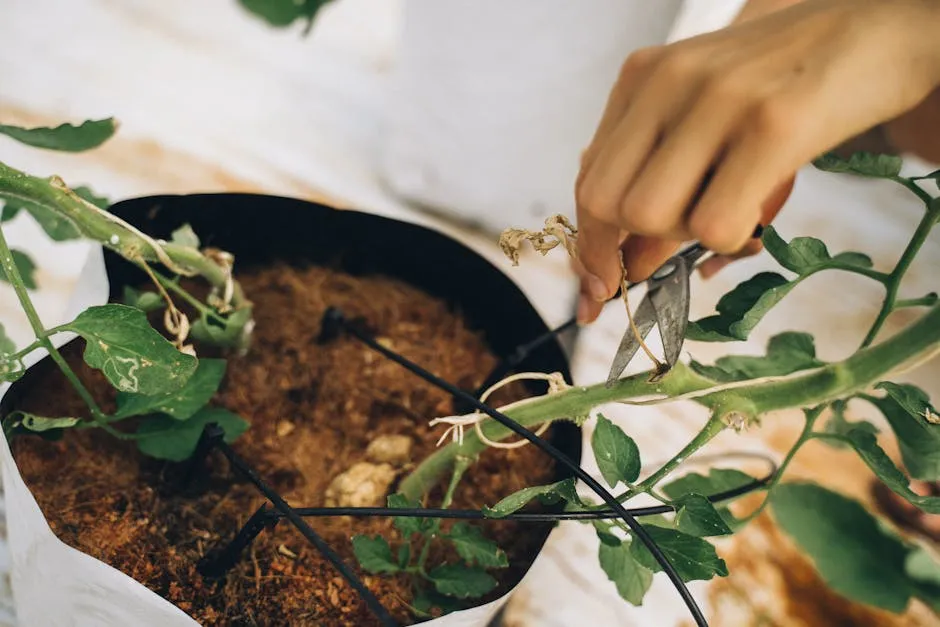
Pest and Disease Management
Magnolia Betty can face challenges from pests and diseases. Common pests include scale, thrips, and weevils. These can damage leaves and flowers, so regular inspections are key. If you notice signs of infestation, use insecticidal soap or neem oil for effective treatment.
Diseases like leaf spots, powdery mildew, and cankers may also affect your plant. Good air circulation helps prevent these issues. If you spot any problems, remove affected leaves immediately. For powdery mildew, consider applying a fungicide. Keeping your Magnolia Betty healthy ensures it remains a stunning focal point in your garden.
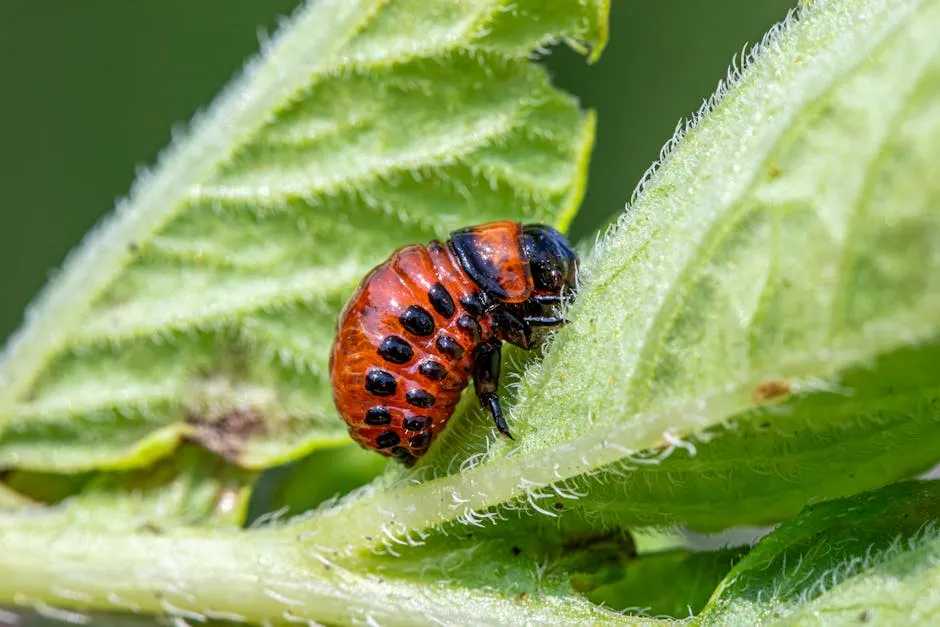
Common Uses for Magnolia Betty
Landscape Design Applications
Magnolia Betty is versatile in garden design. Its stunning flowers make it an excellent specimen plant, adding a pop of color. You can also use it as a hedge or border, creating a beautiful backdrop for other plants. For a dynamic display, consider companion planting strategies for increased yield with colorful perennials or shrubs. Pair it with plants that bloom at different times to ensure year-round interest.
Using companion planting techniques can enhance the beauty and productivity of your garden. Explore companion planting strategies for increased yield for more ideas.
Seasonal displays can also shine with Magnolia Betty. In spring, its vibrant flowers steal the spotlight. In fall, its lush foliage provides a rich backdrop for autumn colors. With thoughtful planning, this plant can enhance any garden design beautifully.

Benefits for Wildlife
Planting Magnolia Betty offers ecological benefits. Its large, fragrant flowers attract pollinators like bees and butterflies. These creatures are vital for healthy ecosystems and food production. Studies show that planting native species can enhance local biodiversity significantly.
Moreover, the foliage provides shelter for various wildlife. By including Magnolia Betty in your garden, you contribute positively to your local environment. Supporting pollinators helps maintain balanced ecosystems, making your garden a haven for nature. Consider adding a butterfly house to further support these beautiful pollinators!
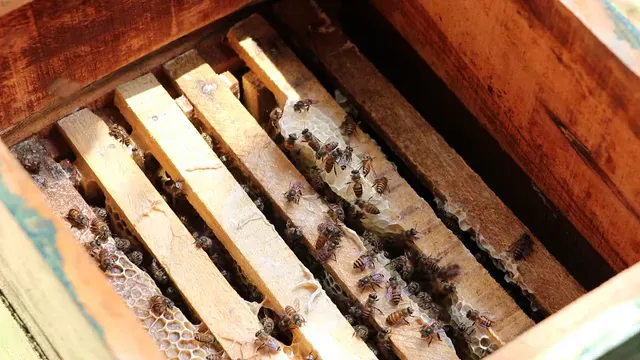
Conclusion
In summary, the Magnolia Betty is an exceptional addition to any garden. Its stunning reddish-purple flowers and graceful growth provide beauty and elegance. This resilient shrub thrives in various conditions, making it a favorite among gardeners. By following the care guidelines shared in this article, you can ensure your Magnolia Betty flourishes year after year.
Consider adding this magnificent plant to your landscape. Its vibrant blooms will brighten your springtime garden. Plus, you’ll enjoy the added benefits of attracting pollinators and enhancing your outdoor space. For further reading, check out resources on magnolia care or visit your local nursery for expert advice. And don’t forget to grab a plant identification guide to help you discover even more about the plants in your garden!
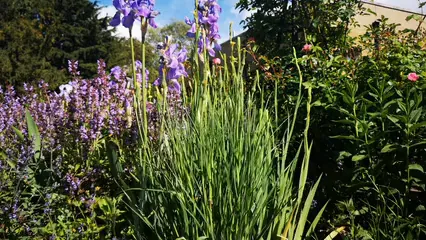
FAQs
What is the best time to plant a Magnolia Betty?
The best time to plant a Magnolia Betty is in early spring or fall. Spring planting helps establish roots before summer heat. In fall, cooler temperatures ease transplant shock. Always wait until after the last frost in spring for optimal growth.
How often should I water my Magnolia Betty?
Water your Magnolia Betty regularly, especially during dry spells. Aim for consistent moisture without overwatering. In spring and summer, check the soil weekly. During winter, reduce watering frequency as the plant requires less moisture.
Is Magnolia Betty prone to pests or diseases?
Magnolia Betty can face pests like scale and thrips. Regular inspections can help catch issues early. Common diseases include powdery mildew and leaf spots. Keeping the plant healthy and maintaining good air circulation can prevent these problems.
Can Magnolia Betty be grown in pots or containers?
Yes, Magnolia Betty can be grown in pots or containers. Ensure the pot has good drainage and is large enough to accommodate its root system. Regular watering and fertilization are essential for container growth.
What are the ideal companions for Magnolia Betty in the garden?
Ideal companions for Magnolia Betty include perennials like daylilies and hostas. These plants complement its beauty without overwhelming it. Consider planting low-growing flowers nearby for a stunning contrast.
How tall does the Magnolia Betty get at maturity?
At maturity, the Magnolia Betty typically reaches heights of 10 to 15 feet. Its spread is similar, making it a substantial presence in your garden. Pruning can help manage its size and shape effectively.
Are there any specific fertilizers recommended for Magnolia Betty?
For best results, use a balanced fertilizer like a 10-10-10 formula in early spring. Apply every six to eight weeks during the growing season. If your soil lacks nutrients, consider a slow-release fertilizer in the fall.
Please let us know what you think about our content by leaving a comment down below!
Thank you for reading till here 🙂
All images from Pexels



